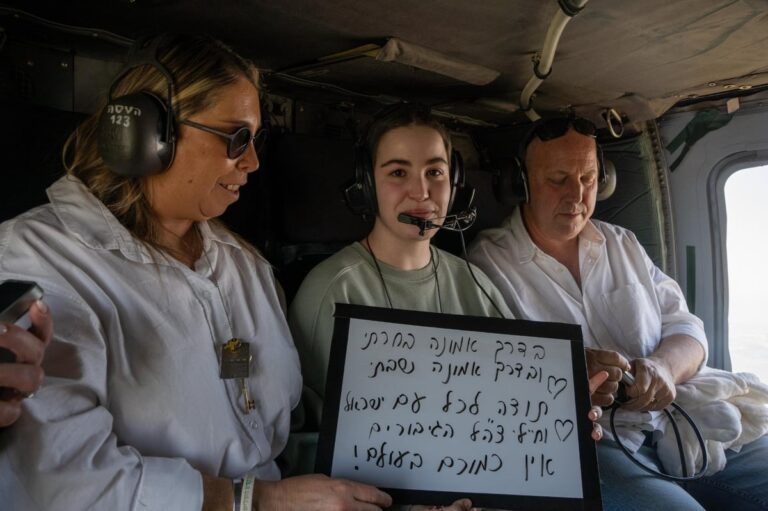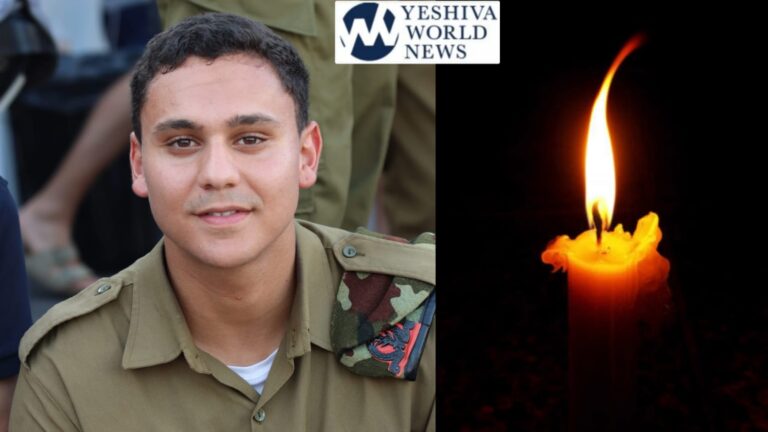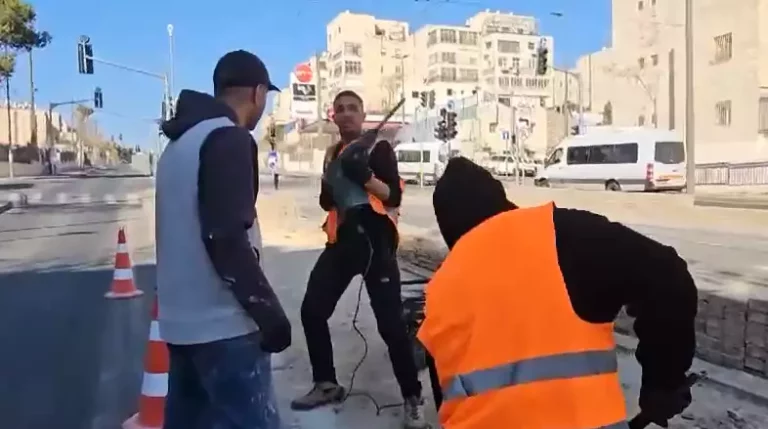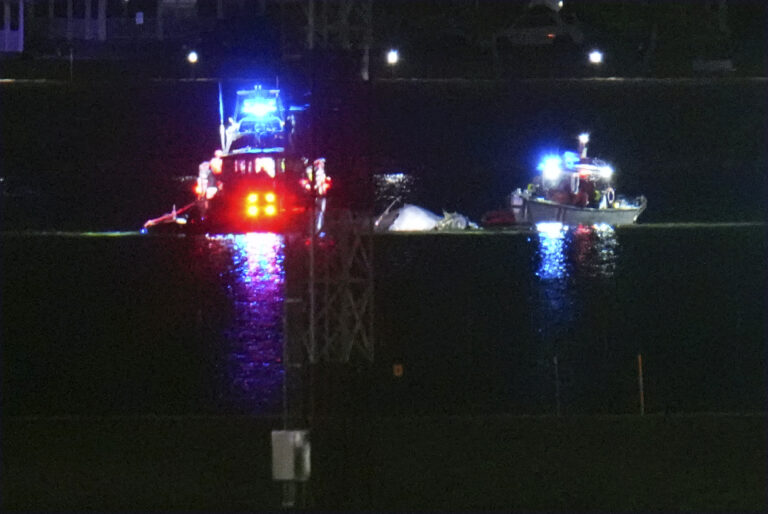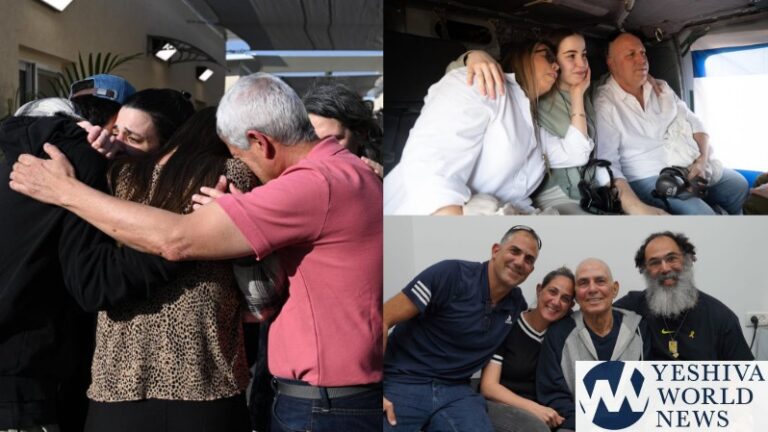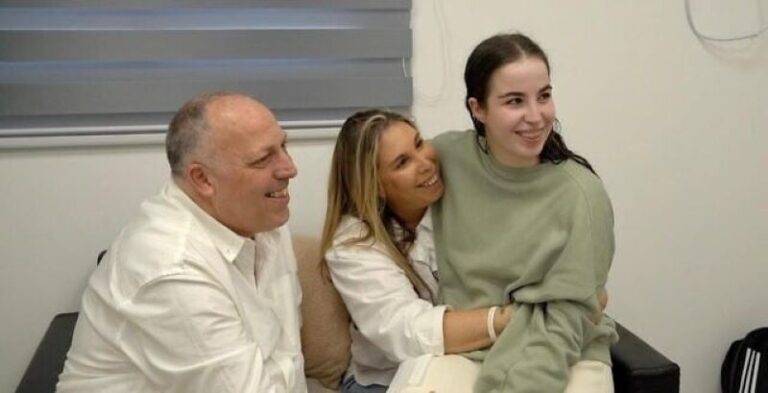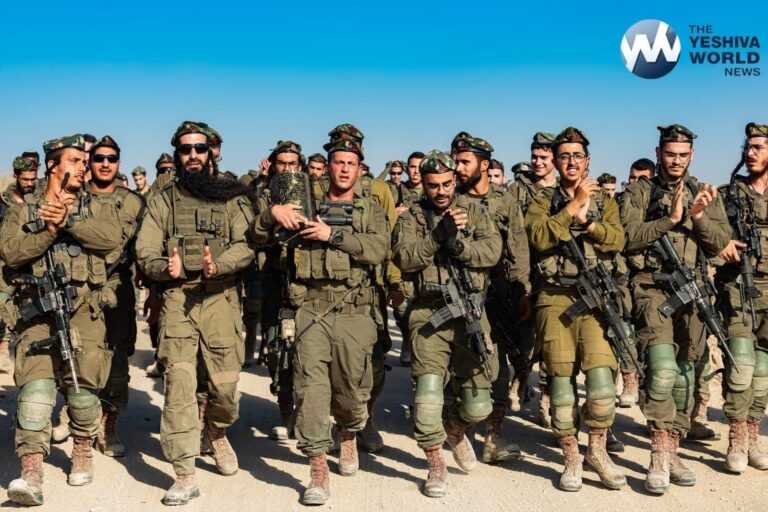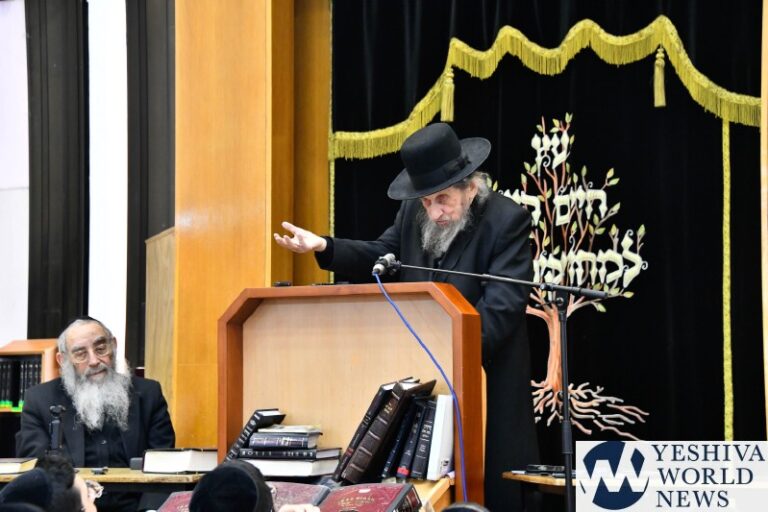The White House Correspondents’ Association is voicing concerns about press access during President Donald Trump’s trip to Asia.
Reporters and photographers traveling with the president were barred from covering any of the events at the Asia-Pacific Economic Cooperation summit in the coastal city of Danang, Vietnam, on Saturday.
And only one member of the traveling press corps — a video journalist — was allowed into a dinner the night before.
Doug Mills, a White House photographer for The New York Times, tweeted a picture of a black box in protest that read: “This what our APEC Summit photo coverage looks today in Da Nang Vietnam. Blank. No coverage by the White House Travel Pool photographers traveling with @realDonaldTrump.”
Reporters have also expressed frustrations that Trump declined to take questions in China, where press freedoms are restricted — though he did hold press conferences in Japan and South Korea and spoke to reporters at length aboard Air Force One on Saturday. He’ll also be taking questions Sunday in Hanoi.
WHCA President Margaret Talev said in a statement that the group had been in discussion with the White House for months about maximizing press coverage during the trip, which is Trump’s first to Asia as president.
“While there has been a history of some host countries pushing back against the size of the US footprint and while APEC historically has limited some pool sizes,” she said, “we are concerned that access on this trip has eroded more significantly and that notice about changes or new coverage restrictions has often come with too short of notice to be able to react effectively.”
The group also said it was “disappointed in the decision not to hold a joint news conference in China” and encouraged the White House to schedule a solo news conference with Trump.
White House Press Secretary Sarah Huckabee Sanders told reporters aboard Air Force One on the way to Hanoi that she hadn’t been aware of the issues at the dinner and said that she had alerted the advance team on the ground in Trump’s next and final stop — Manila — to push for more access.
The president is always followed by a pool of 13 journalists, composed of writers, photographers and a video crew, who distribute reports to news outlets and serve as the public’s eyes and ears.
(AP)


